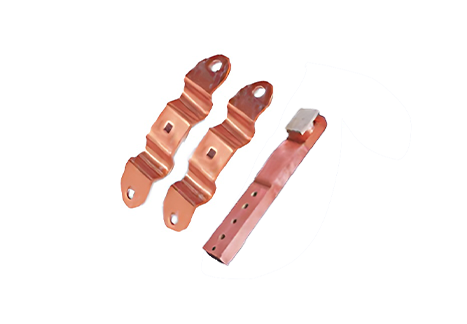
An Inverter is an electronic device that converts direct current (DC) power into alternating current (AC) power. This conversion process is crucial for many applications, such as powering appliances and electronics that require AC power. In order to understand how an inverter accomplishes this conversion, it is important to have a basic understanding of the differences between DC and AC power.
Direct current (DC) is a type of electrical current that flows in only one direction, either positive or negative. It is commonly used in batteries and solar panels, where the flow of electrons is consistent and unidirectional. Alternating current (AC), on the other hand, is a type of electrical current that changes direction periodically. It is the type of power that is delivered to homes and businesses through power lines and outlets.
The conversion of DC to AC power is achieved through a process known as inversion. Inverters use electronic components such as transistors, capacitors, and diodes to manipulate the DC input voltage and produce an AC output voltage. The process can be broken down into several key steps:
1. Rectification: The first step in the conversion process is rectification, where the DC input voltage is converted into a pulsating DC voltage. This is done by passing the DC input voltage through a series of diodes that allow current to flow in only one direction. As a result, the output voltage oscillates between positive and negative values, resembling an AC waveform.
2. Filtering: The next step involves smoothing out the pulsating DC voltage to produce a more stable DC signal. This is typically achieved by passing the rectified voltage through a capacitor, which stores and releases electrical charge to reduce fluctuations in voltage. The filtered DC voltage is then ready for further processing.
3. Inversion: The filtered DC voltage is fed into an inverter circuit, which contains electronic switches that rapidly switch the voltage polarity to create an AC waveform. The switches, usually in the form of transistors, turn on and off at precise intervals to modulate the voltage and frequency of the output signal. By adjusting the switching frequency and duty cycle of the transistors, the inverter can generate a continuous AC output signal that matches the desired specifications.
4. Output filtering: The final step in the process involves filtering the generated AC signal to remove any unwanted harmonics or fluctuations. This is typically done using additional capacitors and inductors that smooth out the waveform and ensure a clean and stable output voltage.
Overall, the conversion of DC to AC power by an inverter is achieved through a combination of rectification, filtering, inversion, and output filtering processes. By controlling the switching patterns of electronic components, inverters are able to convert DC power from sources such as batteries and solar panels into high-quality AC power that can be used to power a wide range of electrical devices and appliances.
PRODUCT
No. 69, Modern Enterprise Center, Zhangbali Road, High tech Zone, Yanta District, Xi'an City
186-9186-8655
baishidong@advance-xa.com
Copyright
Comment
(0)